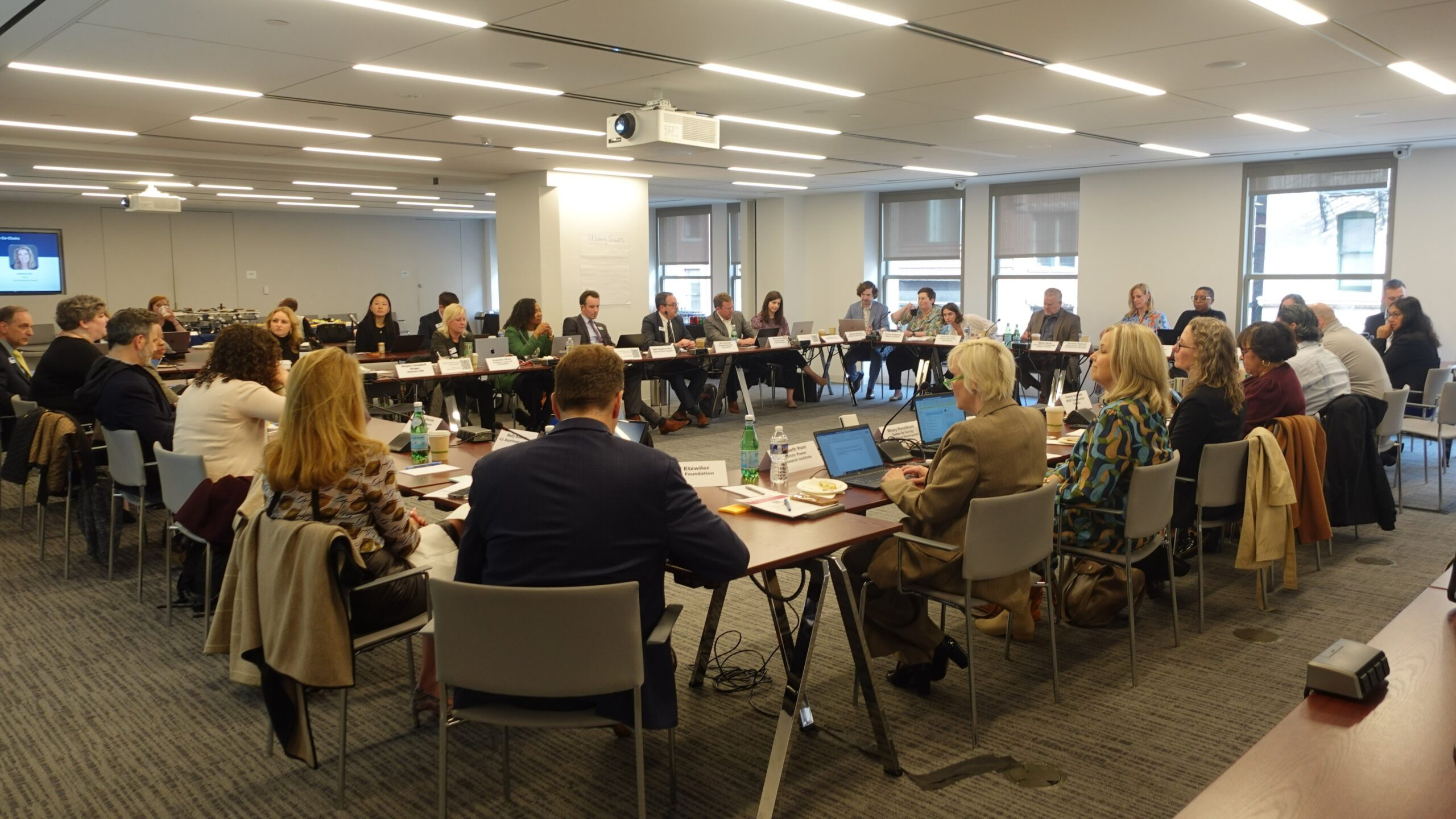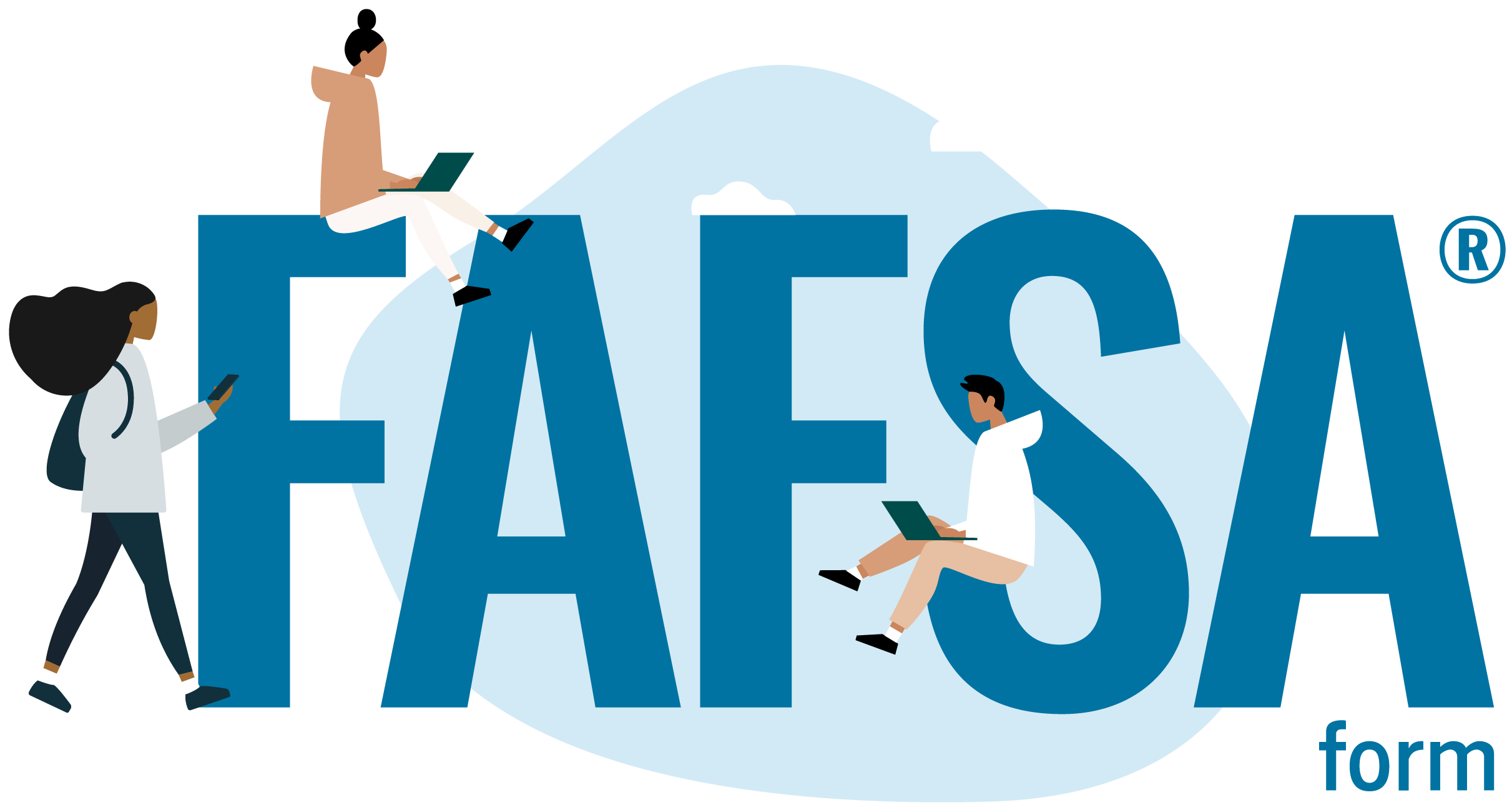The co-chairs of the National Governors Association (NGA) Public Health and Disaster Response Task Force wrote a letter to Congressional leaders regarding Governors’ priorities related to Fiscal Year 2024 (FY24) appropriations bills.
The Honorable Patty Murray
Chair
Senate Committee on Appropriations
Capitol Building S-146A
Washington, DC 20510
The Honorable Kay Granger
Chair
House Committee on Appropriations
1036 Longworth House Office Building
Washington, DC 20515
The Honorable Susan Collins
Vice Chair
Senate Committee on Appropriations
Capitol Building S-128
Washington, DC 20510
The Honorable Rosa DeLauro
Ranking Member
House Committee on Appropriations
1036 Longworth House Office Building
Washington, DC 20515
Dear Chair Murray, Chair Granger, Vice Chair Collins, and Ranking Member DeLauro:
As co-chairs of the National Governors Association (NGA) Public Health and Disaster Response Task Force, we write to share our federal funding priorities as your committees begin crafting Fiscal Year 2024 (FY24) appropriations bills.
Our bipartisan task force has organizational jurisdiction over a broad range of policy issues including disaster and emergency public health response, homeland security, cybersecurity, healthcare, human services, nutrition and immigration. As your committees begin their work, we write to express NGA’s continued support of state flexibility to administer federal programs with funding sufficient to meet program goals. Funding decisions at the federal level, of course, have consequences for the states. Therefore, for your work to succeed it must reflect states’ input. Accordingly, on behalf of all Governors, we write in support of the following programs and urge you to prioritize funding to at least maintain current levels of service.
labor, Health & Human Services, Education & Related Agencies
- Child Care and Development Block Grant (CCDBG) – The Bureau of Labor Statistics reports that there were 9.9 million job openings in the United States at the end of February 2023. The cost of child care is up 26 percent in the last decade and more than 200 percent over the past 30 years. The result is many Americans – particularly women – stay out of the workforce to care for their families, making it hard for businesses to attract and retain a skilled workforce and for the economy to continue growing. A Boston Consulting Group analysis forecasts losses of $290 billion each year in gross domestic product in 2030 and beyond if the U.S. fails to address the lack of affordable child care. Prior to the pandemic, states and territories had made great strides increasing parents’ access to high-quality, licensed child care by reducing child care wait lists, strengthening child care worker background check procedures and many other improvements to child care and early learning. However, childcare providers were hit hard by the COVID-19 pandemic, while simultaneously providing essential services for frontline workers unable to work remotely. It is important to ensure continued growth in CCDBG funding to support recovery of the industry and address recruitment and retention of qualified workers. Thousands of classrooms across the country are closed, despite wait lists for child care due to the worker shortage. Federal investments are needed to bring the rates paid up to the market rate. In many states, the tension between access for families and rates for providers has led to states paying 40-60 percent of an already suppressed market rate for care. COVID strains and increasing wages in other sectors have drained programs of qualified staff reducing both access and quality.
- Low-Income Home Energy Assistance Program (LIHEAP) – LIHEAP is a vital safety net program that helps households with the lowest income and highest energy burden pay for heating and cooling costs. We are grateful for the emergency assistance Congress provided last fiscal year over and above the baseline appropriation. Given the high cost of energy that has been exacerbated by the Russian invasion of Ukraine, and the high cost of other household essentials, Governors request robust funding to ensure that low-income households have the assistance needed
- Maternal & Child Health Services Block Grant – Governors are working to improve health outcomes for mothers and children in our states. Nevertheless, the U.S. has the highest maternal mortality rate among developed nations. Therefore, enhanced funding for the Maternal & Child Health Services Block Grant, a federal-state partnership program, is more important than ever.
- Substance Use Prevention, Treatment and Recovery Block Grant (SABG) and Community Mental Health Services Block Grants (MHBG) – The SABG provides essential funding for prevention, treatment and recovery support services for individuals with substance use disorders. The MHBG funding provides comprehensive, community-based mental health services to adults and children. There is increasing evidence that the mental health and well-being of Americans is moving in the wrong direction, especially among our children. These challenges are exacerbated by the use of alcohol and drugs. These grants ensure Governors have the funding and flexibility necessary to address these needs across the country.
- State Opioid Response (SOR) Grants – States and territories leverage SOR grants to expand treatment, crisis interventions, recovery supports and prevention services. With SOR grants, outpatient treatment to address the opioid crisis is provided to thousands of individuals across the country, while increasing retention in treatment programs. Funding for these grants helps states and territories stem the tide of addiction and opioid-related deaths and increase labor force participation among those currently out of the workforce due to addiction. We urge you to broaden the allowable uses of SOR Grants to include treatment of Alcohol Use Disorder (AUD), other addictive (both illicit and prescribed) substances and abstinence-based pathways.
- Home and Community-Based Services (HCBS) – HCBS provides people with physical and cognitive limitations to live in their home or a home-like setting and remain integrated with their community. In 2020, about 2 million people received HCBS, rather than a higher-cost institutional setting.
- Public Health Emergency Preparedness (PHEP) – The PHEP program is a critical source of funding for eligible state, local and territorial public health departments, helping them build and strengthen their ability to respond to public health threats and associated emergencies. The COVID-19 pandemic highlighted the need for sustained investment in these programs to help Governors rebuild and bolster preparedness.
- Public Health Data Modernization Initiative – As we have seen throughout the pandemic, there is a significant need for states and territories to upgrade their public health systems and infrastructure. States and territories need access to data to address public health threats in real time. Federal funding is critical to help states and territories modernize their data systems.
- National Health Service Corps – This program offers scholarships and loan repayment to health care professionals in return for a commitment to practice in communities that need them most. We applaud the historic level for the National Health Service Corps in the past years which in 2022 resulted in more than 20,000 clinicians practicing in underserved and rural communities. Governors strongly support extending funding for this program, which expires in FY 2023.
- Public Health Workforce Loan Repayment Program – This program was authorized in the Consolidated Appropriations Act of 2023 as part of the PREVENT Pandemics Act and is essential to ensure our country has the workforce necessary to respond to outbreaks and epidemics. In the past decade, state and local health departments lost 15 percent of staff, and 80,000 more full-time equivalents. Investment in state and local public health workforce development better prepares our communities to respond to health emergencies, including infectious disease outbreaks, environmental hazards and weather-related events.
- Public Health Infrastructure and Capacity – Funding is focused on state and local health departments, with Congress requiring that 70 percent of the funds go to state and local health departments for infrastructure, technology and staffing investments. The COVID-19 pandemic highlighted the flaws and gaps in our public health system across the nation, and funding is critical to better respond to future public health emergencies.
- Grants for State Strategic Stockpiles – As part of PAHPA reauthorization, we recommend extending the authorization for grants to support state strategic stockpiles beyond FY24. This program should be authorized for the full five years of the next PAHPA, along with the other preparedness programs.
- Section 2409 of the PREVENT Pandemics Act, which was signed into law as part of the FY23 final omnibus in December 2022, authorized a pilot program to support state medical stockpiles (Section 319F-2(i) of the Public Health Service Act). The authorization was for FY23 and FY24, however the legislation did not pass in time for funding to be allocated in FY23.
- ASPR and CDC are now authorized to award grants to five states, or consortia of states, to establish, expand or maintain a stockpile of drugs, vaccines, devices and other medical supplies determined by the state to be necessary to respond to a public health emergency.
- To avoid duplication, these funds may not be used to stockpile security countermeasures, which are medical products developed through the Project BioShield program for national security threats and contained in the federal Strategic National Stockpile (SNS).
- Please ensure that territories are included in Section 2409 of the PREVENT Pandemics Act during implementation of the authorized pilot program to support “state and territory medical stockpiles.”
Defense
- Full-Time Support Positions for the National Guard – Governors and Adjutants General support increasing National Guard personnel end-strength and full-time support (FTS) positions. Specifically, the Army National Guard (ARNG) is manned at nearly 58,000 FTS personnel, which translates to only 64 percent of the established 90,000 FTS requirement, falling far short of the other reserve components. Without an increase, Governors remain concerned about the Guard’s ability to maintain a level of readiness that achieves operational requirements and meets immediate response needs in the states and territories.
- Counterdrug Program – States and territories across the country benefit from the National Guard counterdrug program, which helps to support drug interdiction efforts and assists local law enforcement agencies. This critical program encourages continued state-federal partnerships and should be extended.
Homeland Security
- Preparedness and Hazard Mitigation Grant Programs –Preparedness grants help develop and sustain capabilities at the state and local, tribal and territorial levels to prevent, protect against, respond to, recover from and mitigate acts of terrorism and other high-consequence disasters and emergencies. Governors urge strong support for these programs:
- Homeland Security Grant Program (HSGP) –This program is vital to supporting communities’ efforts to build and sustain core capabilities to prevent, protect, mitigate, respond and recover from acts of terrorism and other catastrophic threats that risk or nation’s security. The need for this funding continues to increase as do the number of capabilities that this funding is intended to support. But annual funding has not increased commensurate with the increased responsibilities. Therefore, we recommend increasing the baseline funding for each state.
- Emergency Management Performance Grant (EMPG) – State, local, tribal and territorial emergency management agencies rely on the resources provided by EMPG to assist in implementation of the National Preparedness System and support a more resilient and secure nation. EMPG allows emergency managers to build and sustain the capabilities needed to respond to emergency events without additional federal expenditures. As with HSGP, this program continues to support more and more capabilities. The EMPG Supplementals provided during COVID provided much needed additional funding, but the increase was temporary. Therefore, we recommend increasing baseline funding for each state.
- Nonprofit Security Grant Program (NSGP) – The NSGP provides funding support for target hardening and other physical security enhancements and activities to nonprofit organizations that are at high risk of terrorist attack.
- Building Resilient Infrastructure and Communities (BRIC) Program – BRIC provides funding to states and localities to implement pre-disaster mitigation activities that reduce risk and costs by increasing the resilience of our communities and critical infrastructure that sustain them.
- State and Local Cybersecurity – State and local agencies have become ground zero for cybersecurity attacks with the capacity to cripple critical infrastructure. The heightened threat environment exacerbates the vulnerability of resource-strapped organizations to cybercriminals that could wreak havoc through attacks in the cyber domain. While Governors are grateful for the funding provided through the Infrastructure Investment and Jobs Act, the importance of cyber preparedness and resilience is paramount to protecting our communities and our nation’s security. We continue to support robust funding to further cyber resilience and response capabilities at the state and local levels. In addition, we recommend imposing a consistent annual match split of 90-10 rather than the current yearly match increase.
Thank you for your continued support of these NGA priorities for Fiscal Year 2024 and for focusing on funding our nation’s critical needs.
Sincerely,
Governor Ned Lamont
State of Connecticut
Co-Chair, NGA Public Health and Disaster Response Task Force
National Governors Association
Governor Phil Scott
State of Vermont
Co-Chair, NGA Public Health and Disaster Response Task Force
National Governors Association












